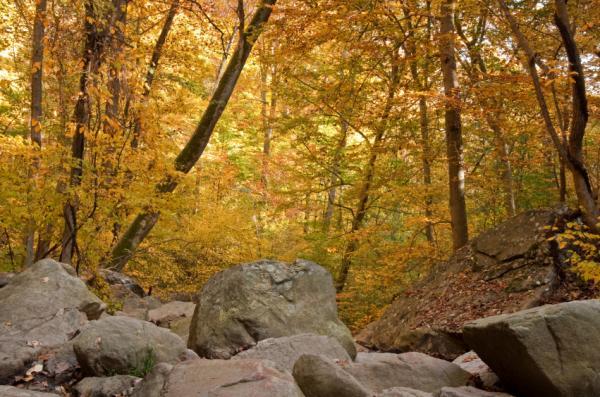Depth and Complexity Skills

Description: Forest Near Climax Stage
Image copyright: 100201171641-large,jpg
Patterns occur many times in forest life. First an open area will start to grow plants, the producers. These can be plants such as dandelions, blackberries, and other weeds. Then primary consumers that can survive in this habitat come in. For example, birds and small rodents such as rabbits found this space durable. Now secondary consumers have animals that they can feed on. Snakes, owls, and hawks find the small creatures as a good diet. Then as old producers die knew ones can come in. Just as before, primary and secondary consumers come in. This process of changing is called succession. All these patterns and trends will continue to happen until the forest reaches its climax stage.
Multiple Perspectives
Each animal has different needs. The food comes and goes. For example, meadow mice could leave because the forest ran out of their food. The white-footed mice might like the food that the forest currently has and take the meadow miceís place. This is just one example of multiple perspectives in a forestís growth.
Changes Over Time
Change happens many times in the life of a forest. Plants, animals, and other natural things will change many times. The plants and animals will almost never be the same from start to finish. Small bushes might start the forest, and tall trees will complete it. Different things such as habitat can cause these changes. Animals will also change many times throughout forest life.
Unanswered Questions
There are many things that the animals of the forest do not know. For example, when a disaster might occur. At any moment lightning could strike their home, and knock out their food supply. This could cause them to die. Anything could happen at any time or place. This is how unanswered questions appear in a forestís growth.
*Copy and paste the link below to watch the video
http://www.youtube.com/watch?v=BZ8KkI4z4vo
